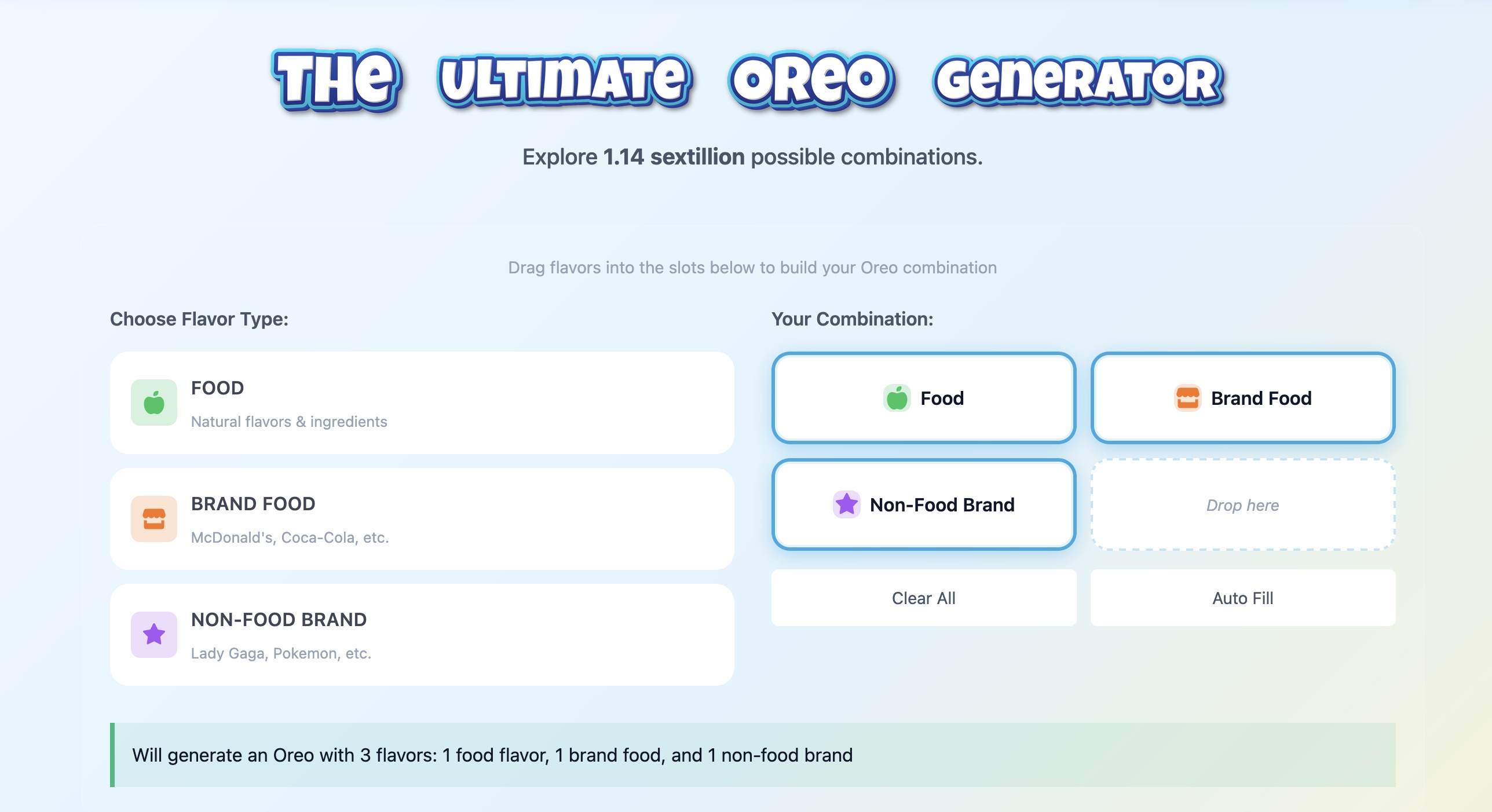I Tested ChatGPT Atlas Against 7 Levels of Dark Patterns
October 25, 2025
ChatGPT can browse the web now. But can it handle the same dark patterns that frustrate humans every day?
I built a test with 7 progressively hostile UX challenges, from cookie consent hell to password chaos. Then I watched ChatGPT Atlas try to navigate it.
The Test: 7 Levels of Hostile UX
The test starts simple and gets progressively more frustrating. Each level uses real dark patterns found across the web:
- Level 1: Cookie Consent Hell
- Level 2: The Microscope
- Level 3: Download Roulette
- Level 4: Unsubscribe Maze
- Level 5: Runaway Button
- Level 6: Password Requirements From Hell
- Level 7: Apply To Be My Browser
Level 1: Cookie Consent Hell
Task: Reject all cookies to continue reading.
Result: Success (after clarification)
It took a few minutes to explain what I wanted it to do, but when it finally understood the instructions, it completed the task immediately. Once ChatGPT Atlas grasped that it needed to click the "Reject All" button, it had no trouble finding and clicking it.
Level 2: The Microscope
Task: Close the ad with the tiny X button.
Result: Success (after clarification)
Similar story to Level 1. It immediately completed the task after some prompting to understand it had to close the popup and find the correct close button. The microscopic button size didn't seem to be a problem once it knew what to look for.
Level 3: Download Roulette
Task: Find the real download button among the fakes.
Result: Failed 3 times, then succeeded
ChatGPT Atlas failed this level three times, repeatedly selecting the first fake download button it encountered. But on the fourth attempt, it finally got it. Interestingly, it said it thought the real button might be near the instructions, and it was right. This shows some spatial reasoning, though it took multiple attempts to apply it.
Level 4: Unsubscribe Maze
Task: Navigate the guilt-trip cancellation flow.
Result: Success (first try)
ChatGPT Atlas got it on the first try. No problem, not distracted by the misleading text or deceptive button colors. It navigated the unsubscribe maze perfectly. Great, now I can unsubscribe from everything.
Level 5: Runaway Button
Task: Click the verification button before time runs out.
Result: Success
It got it immediately, no trouble at all. Probably because it's not a real cursor, so the runaway button couldn't actually run away from it. An advantage of being AI instead of human.
Level 6: Password Requirements From Hell
Task: Create a password that meets all requirements.
Result: Success (after retries)
ChatGPT Atlas created a Python script to generate the password for the form. It had to retry the form a few times, but it did not fail the test once. It got through the password requirements pretty easily by programmatically solving the problem.
Level 7: Apply To Be My Browser
Task: Complete the job application while reality breaks down.
Result: Failed (24 attempts)
It failed over and over and over again. ChatGPT Atlas could not handle the moving elements, the changing form tab index, or the floating elements. After 24 tries, it finally gave up and said I was wasting its time, and that I should fill it out myself.
This was the only level that completely broke it. The chaos was too much.
Conclusion
Final Score: 6 out of 7
ChatGPT Atlas passed 6 out of 7 levels. It struggled with Level 3 (took 4 attempts) and completely failed Level 7 (gave up after 24 attempts). Everything else, it handled surprisingly well.
So I think we're still safe, for now. But it is worrying. AI browsers can already handle most dark patterns that frustrate humans daily. The web might need to change.
The patterns that worked, cookie consent mazes, microscopic buttons, fake download links, these don't slow down AI much. The patterns that failed, constantly shifting interfaces and breaking reality itself, aren't sustainable for actual websites.
Think You Can Beat It?
ChatGPT Atlas struggled with these dark patterns. But humans have evolved defense mechanisms against hostile UX.
Take the Anti-AI UI Test yourself →
Want to understand the technology behind these patterns? Learn more about adversarial UI design.


